After graduating from Nara Women's University, she joined Seiko Epson. One year later, she retired from the company to study for a doctorate. As a result of the study while working part-time, she obtained a doctorate in science. In 2002, she joined the Advanced Telecommunications Research Institute International (ATR). She engaged there in research on wireless ad hoc networks, serving as a senior researcher and a group leader. After that, she worked in NEC Central Research Laboratories. Then, in 2014, she joined NICT. She leads a project to promote the stabilization of wireless network at manufacturing sites.
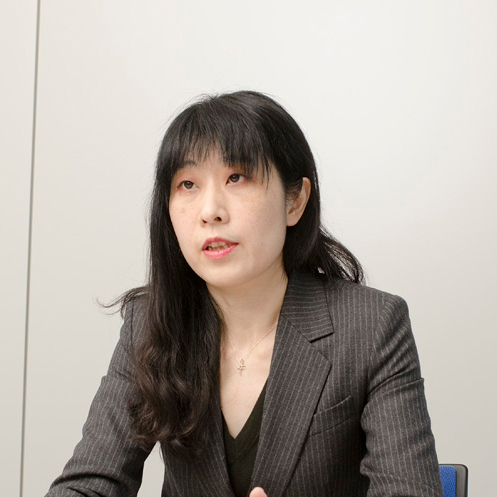
Both of my parents have a doctorate, but I wanted to be a full-time homemaker rather than a researcher before I started to work. My strong subjects were music and art, and I never thought I would work as a researcher until I got a job.
The path to becoming a researcher started in my first year at Seiko Epson. The first workplace I was assigned to was the laboratory, not the business division, in which I wanted to work. After joining the company, I was engaged in various tasks. However, when I participated in an international conference as part of my training program, a great change took place in my mind. I realized that I needed a doctorate degree to discuss on equal footing with researchers around the world or to become a leader in changing society. Then, I consulted with my boss and retired from the company to obtain a doctorate.
The field I majored in was called complex systems. In this field, anything can become a theme, from wireless networks to economics, biology, human flow, and viral epidemics. After obtaining my Ph.D., I joined ATR, and I was immediately tasked with launching research on wireless technology. A few years later, I became a group leader with about 10 subordinates. Then, I changed my job to NEC Central Research Laboratories. There, I was assigned to a position in charge of developing a vision for the future of NEC, leaving the research field on wireless communication. My experience in that post made me strongly want to contribute to society through research. I decided to join NICT because I thought that I would be able to promote dynamic research and development activities by involving multiple companies.
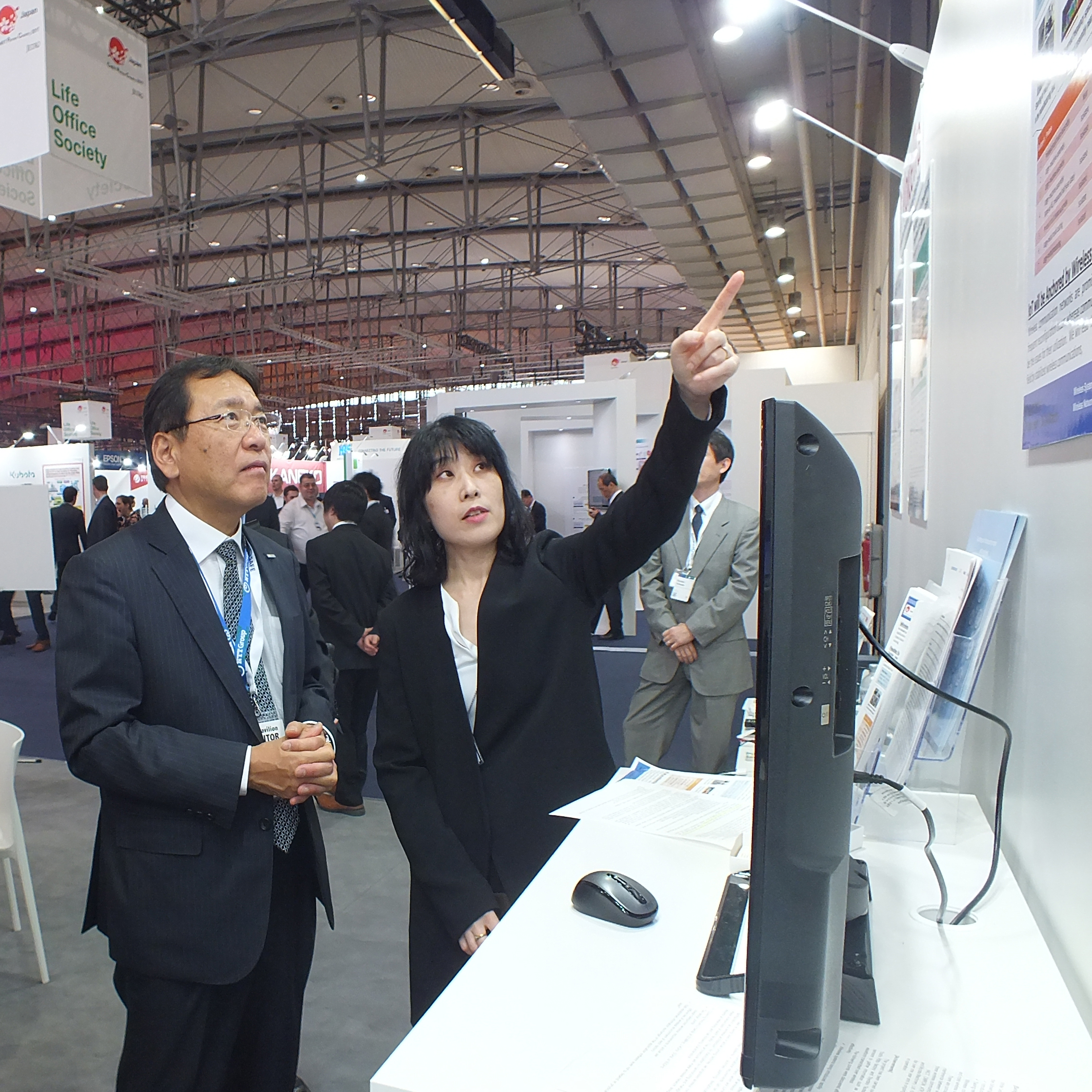
When I joined NICT, I did not have satisfactory results, necessary human resources, or any budget for research.
There were other options, but I decided to start a new research project from scratch. First, I set the project theme as "The changes in the manufacturing industry due to the declining birthrate and aging population," which aims to support our future using ICT. This theme was determined using a method called backcasting*1in which we think about what should be done next by looking back from the desired future. In determining the theme, I considered what and how much is needed to enable the manufacturing industry and society to recover early in times of disaster. When a factory is damaged, the owner company can regain its footing if they can quickly resume production at other company's factory using their own technology. The supply chain of the automobile industry consists of multiple layers of companies. If a subcontracting company becomes unable to deliver their products, it is all over for them. I thought that there is room for ICT to support the industry in such a case. The key here is whether they can request, with peace of mind, other companies to manufacture on their behalf.
On the basis of such consideration, I explained to my boss and colleagues that this issue represents a potential need that should be addressed by NICT. Also, as a way to gain understanding from everyone, I developed a vision named "On-Demand Manufacturing" to enable manufacturing at anytime and anywhere. When I disseminated this vision, some manufacturers showed an interest before anyone else.
One year after I joined the Institute, I started a project named "Flexible Factory Project (FFPJ)" with members willing to work with me. Subsequently, a major automobile company expressed their full cooperation, and more and more people offered us support as we continued to call for cooperation at academic conferences and lectures. At the time of launch, there were only a few participating companies, but now the project is participated by approximately 17 companies, more than 80 researchers, and approximately 20 factories. Now, it is a project promoted by over 100 people in total. Strongly recognizing the need to gain understanding and cooperation from the Ministry of Internal Affairs and Communications and the Ministry of Economy, Trade and Industry, we conduct the research by consulting with both ministries on various issues.
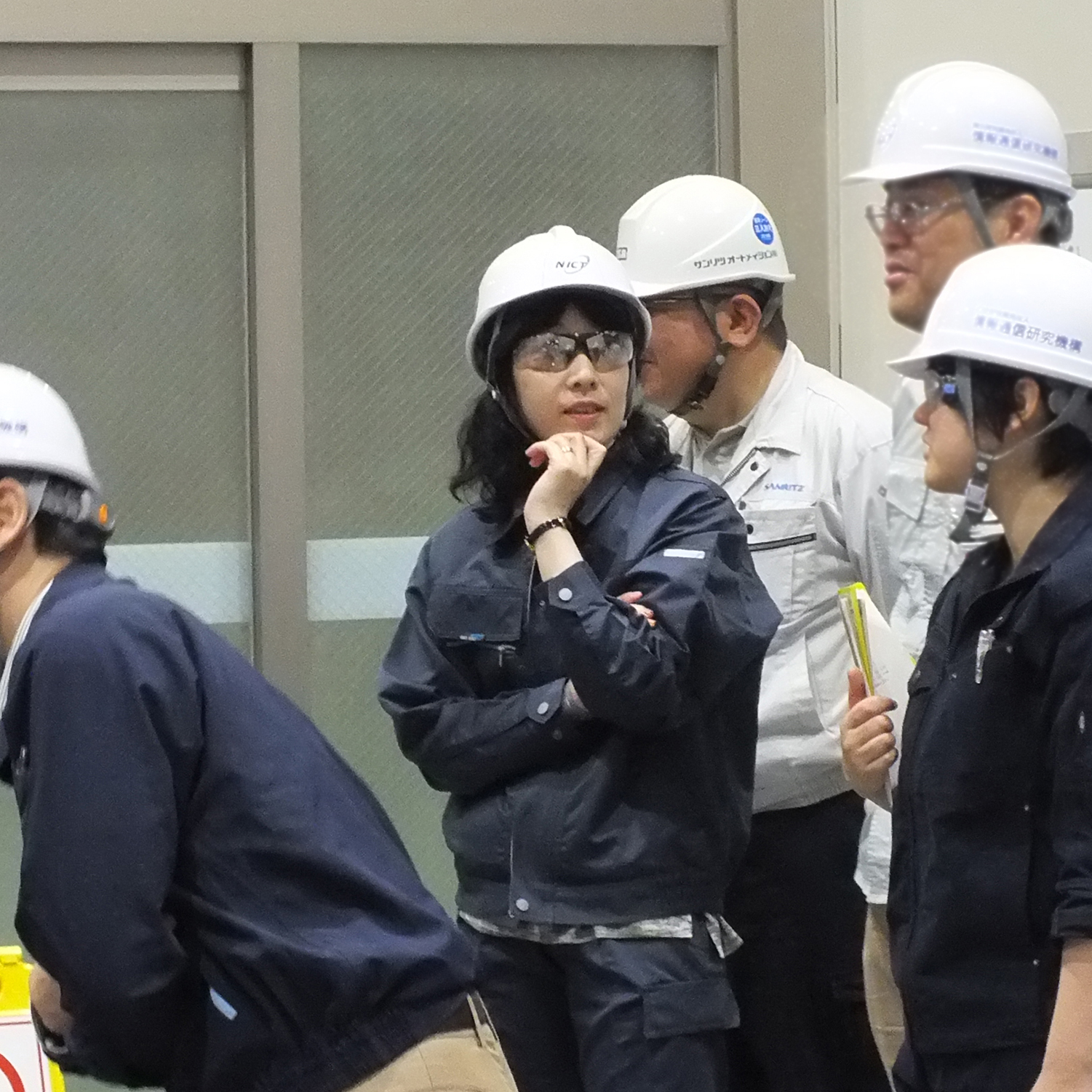
In promoting work, we consider our research or business as an umbrella. Then, we take an approach where we never change its focus (umbrella frames) while flexibly changing the umbrella cloth. The attitude of valuing the focus is useful on unexpected occasions. The FFPJ did not receive any recognition at first. We, however, continued to make adjustment according to a request from other parties. To do this, we changed only the cloth part of the umbrella, for example, slightly changing the angle of an element around the frames. Of course, there are hard times and I sometimes feel discouraged. Nevertheless, I never give up on anything once I have set my mind to it. To people around me, I seem to be like weeds that grow back even after being trampled on many times. They often tease me by saying that I recover too quickly.
I like and respect craftsmen who have their own strong belief. I like the way they talk, with their eyes shining, about the things that they pay special attention to in their work. So, I would like to help them shine more, eliminating what may cause troubles to them. To that end, I want to develop effective measures and turn them into practical support. People around me often tell me that I am approachable because I am not perfect. I cannot do everything alone. They find it funny that I often get lost in the factory, although I am a researcher, a type of person who they think would never make such a mistake.
The FFPJ aims to realize an adaptive wireless communication control method that responds to the fluctuations of the wireless environment unique to the work site, matching the use of the wireless communication. For this purpose, we conduct evaluation experiments on wireless communication performance in an operating factory. To that end, we have established a nonprofit voluntary organization "Flexible Factory Partner Alliance (FFPA)." The organization works on the formulation of standards for coordination control technology that ensures stable communications in an environment where various wireless systems are co-located in manufacturing facilities while promoting the development of human resources and international cooperation. The Chairperson of FFPA is Professor Dr. Andreas Dengel of the German Research Center for Artificial Intelligence (DFKI), and I am the Vice Chair.
The core of the standard advocated by FFPA is Smart Resource Flow (SRF). SRF is a system engineering strategy of managing manufacturing-related resources, such as human resources and facilities, using multilayer system analysis to achieve optimal performance. FFPA has developed, on the basis of SRF, a wireless platform that adaptively controls channels and communication speeds to avoid radio wave interference while observing the communication status of other applications that coexist in the same space. Using this platform, we have succeeded in preventing communication delays. The technical specifications version 1.0 of this wireless platform have been formulated by FFPA, and some of the related items are being standardized by the IEEE 802.1 working group.
Subsequently, it has become clear that these results can also be applied to the fields other than manufacturing. On the basis of this, we have started the Flexible Society Project in FY2020, in which we are now examining target applications in the fields, including logistics, medical care, and education.
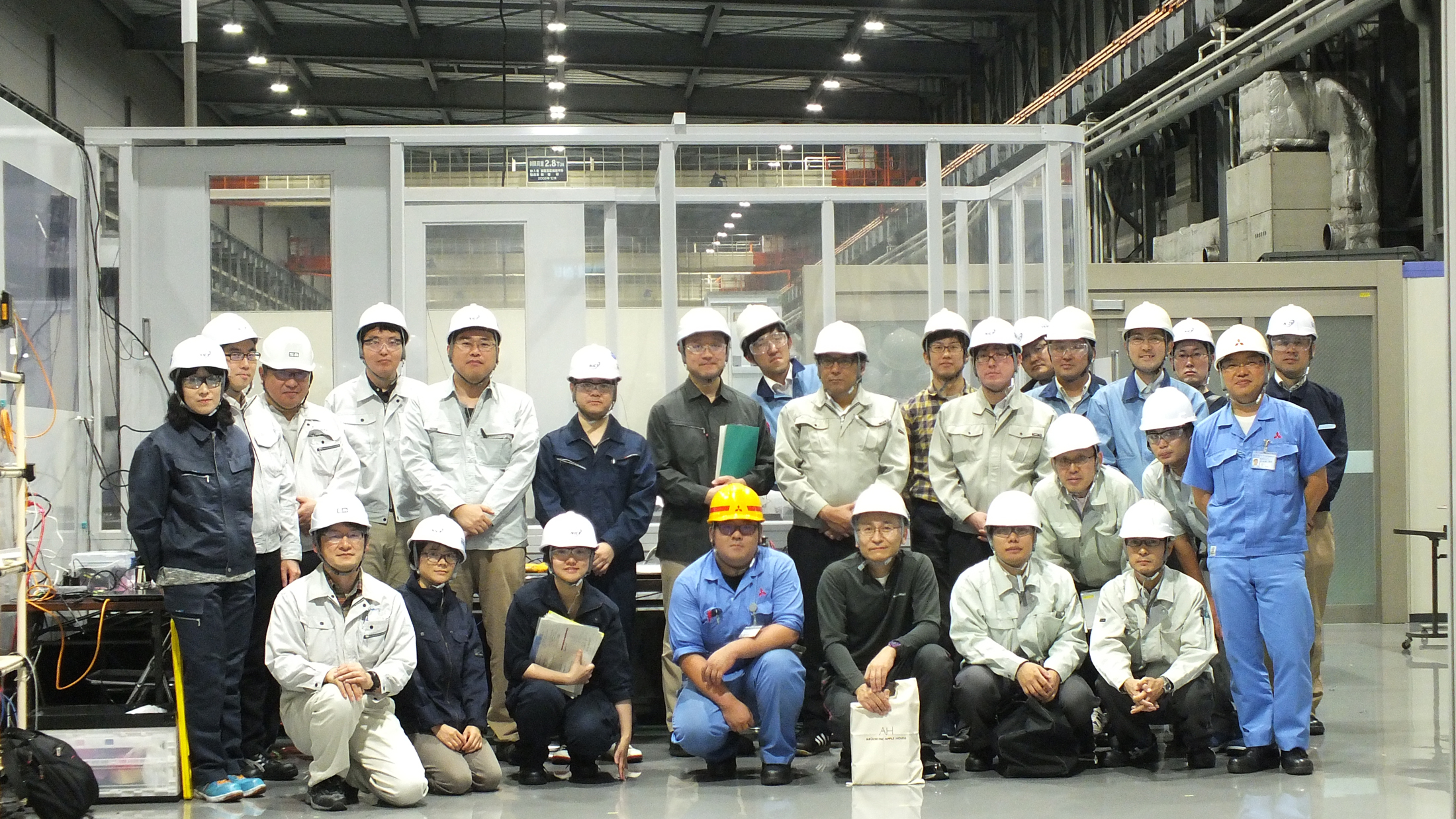

I had never traveled abroad before I started working. Surprisingly, however, I married to a German man who sat next to me at an international conference that I participated as part of my job. In my off time, I like to do housework. On holidays, I do a lot of cooking to meet the needs of my family. Every December, I bake cookies for Christmas. Cookies on the dining table help us have a good conversation. I sometimes bake as many as about 300 pieces. In Germany, people celebrate Christmas for a long period. Thus, during the new year's holiday, our house is brightly decorated with a Christmas tree and traditional Japanese kagami mochi, a new year's offering made from rice cake.
*Photo is for illustration purposes only.
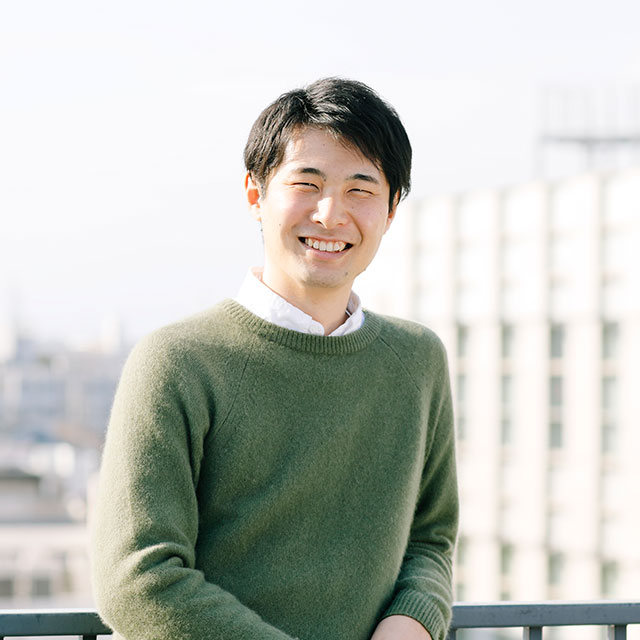
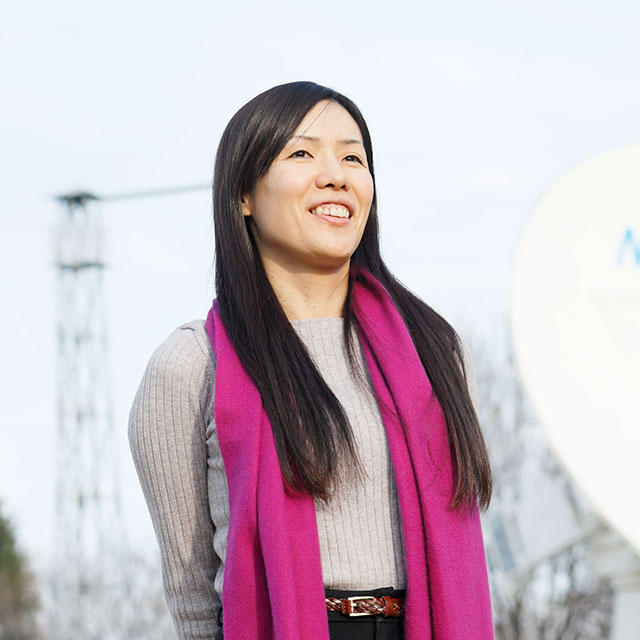
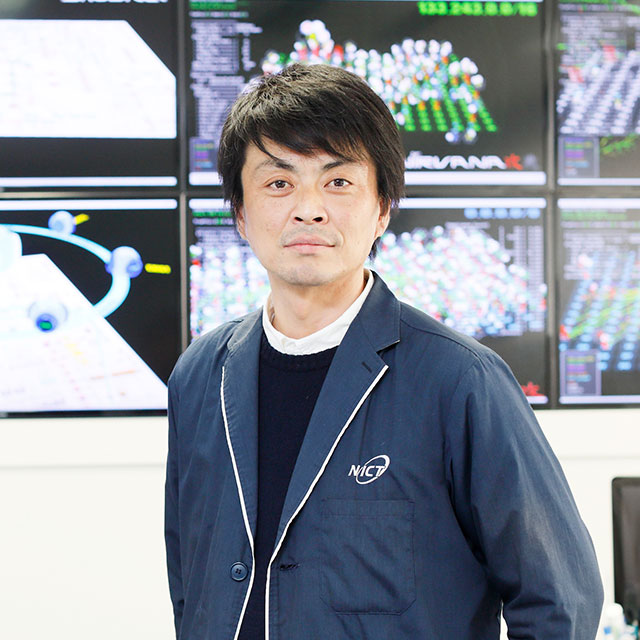
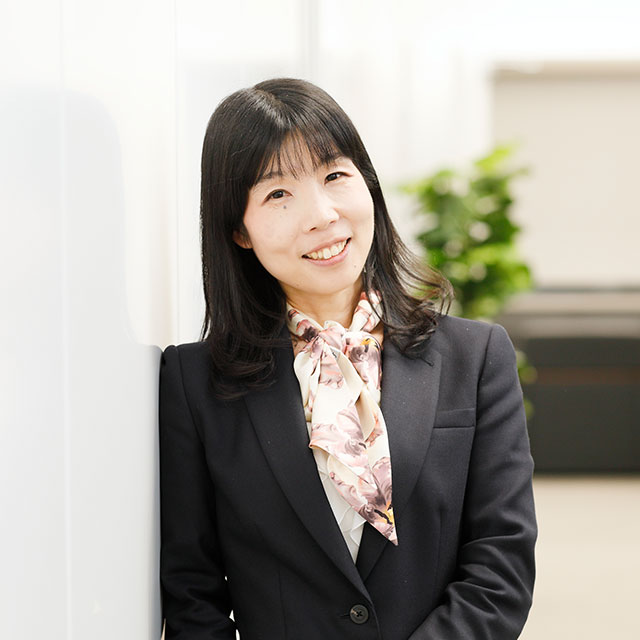
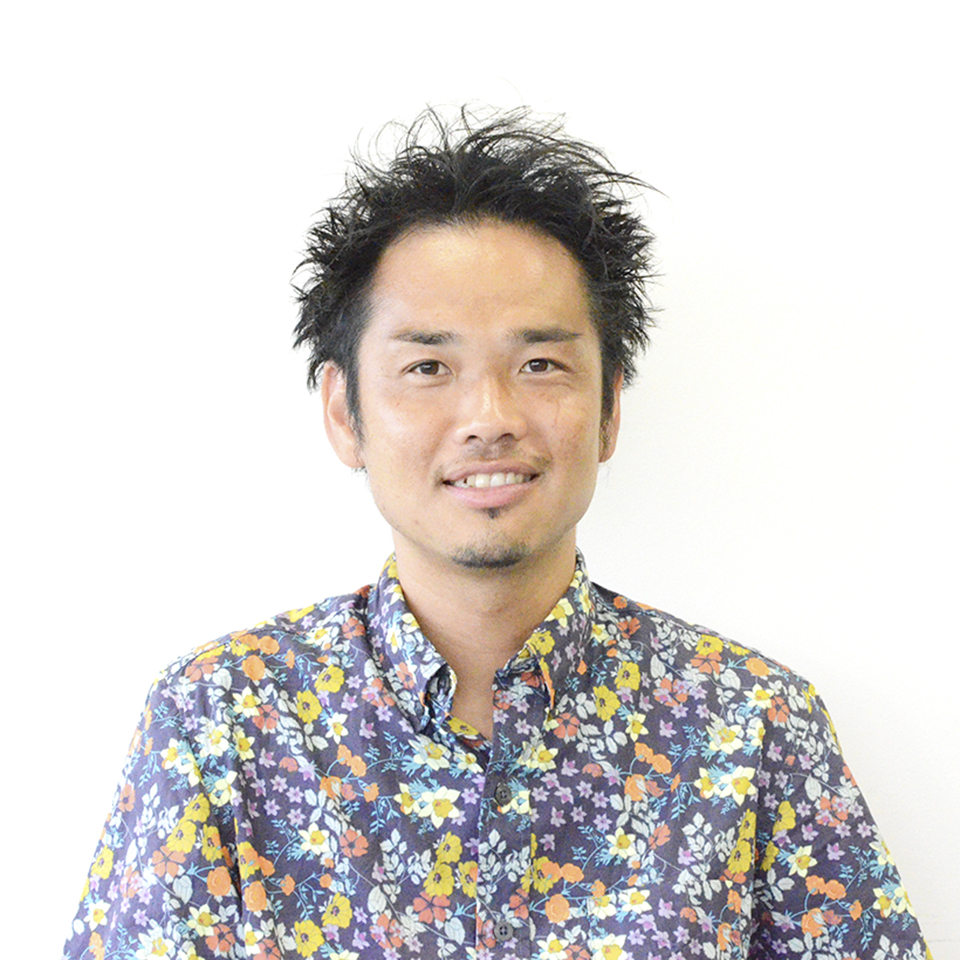
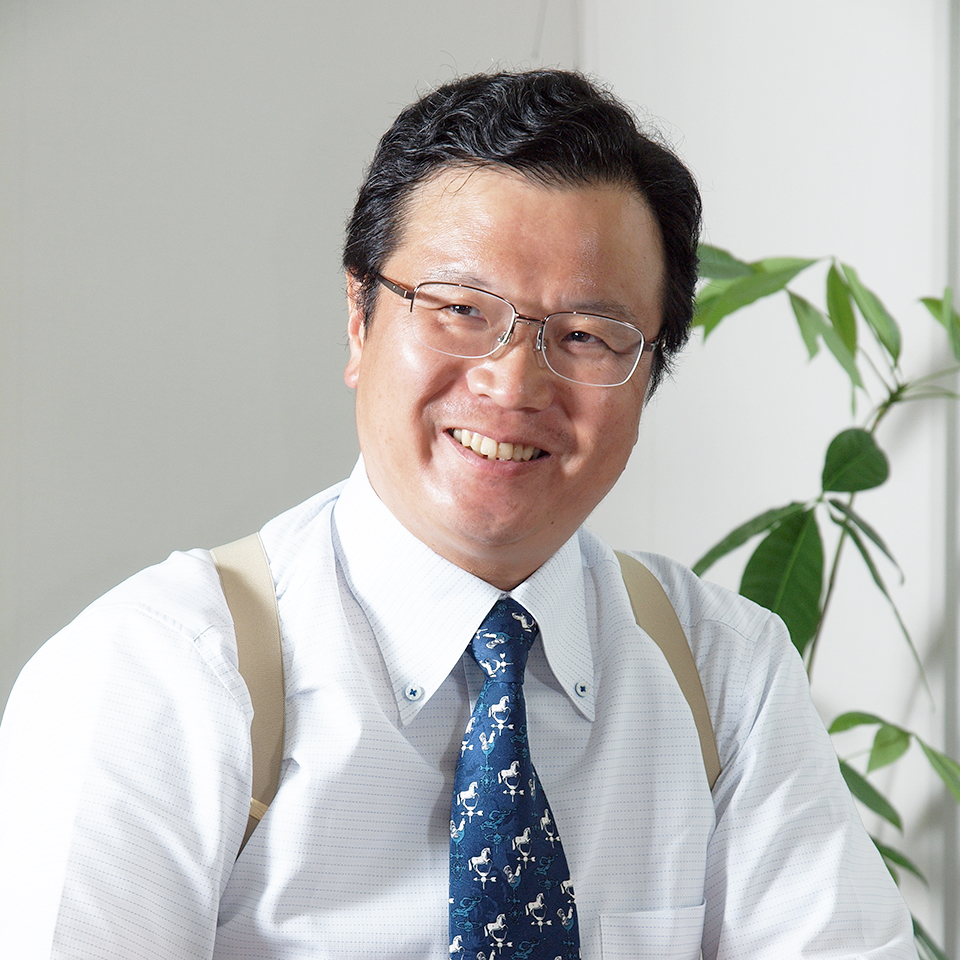
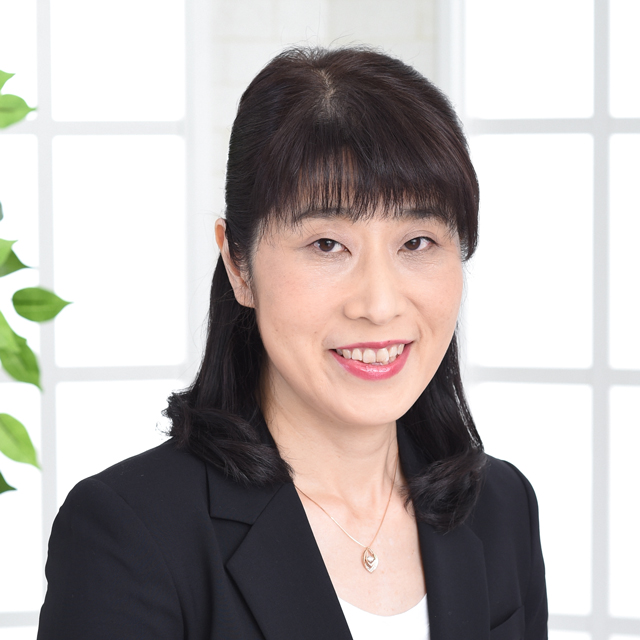
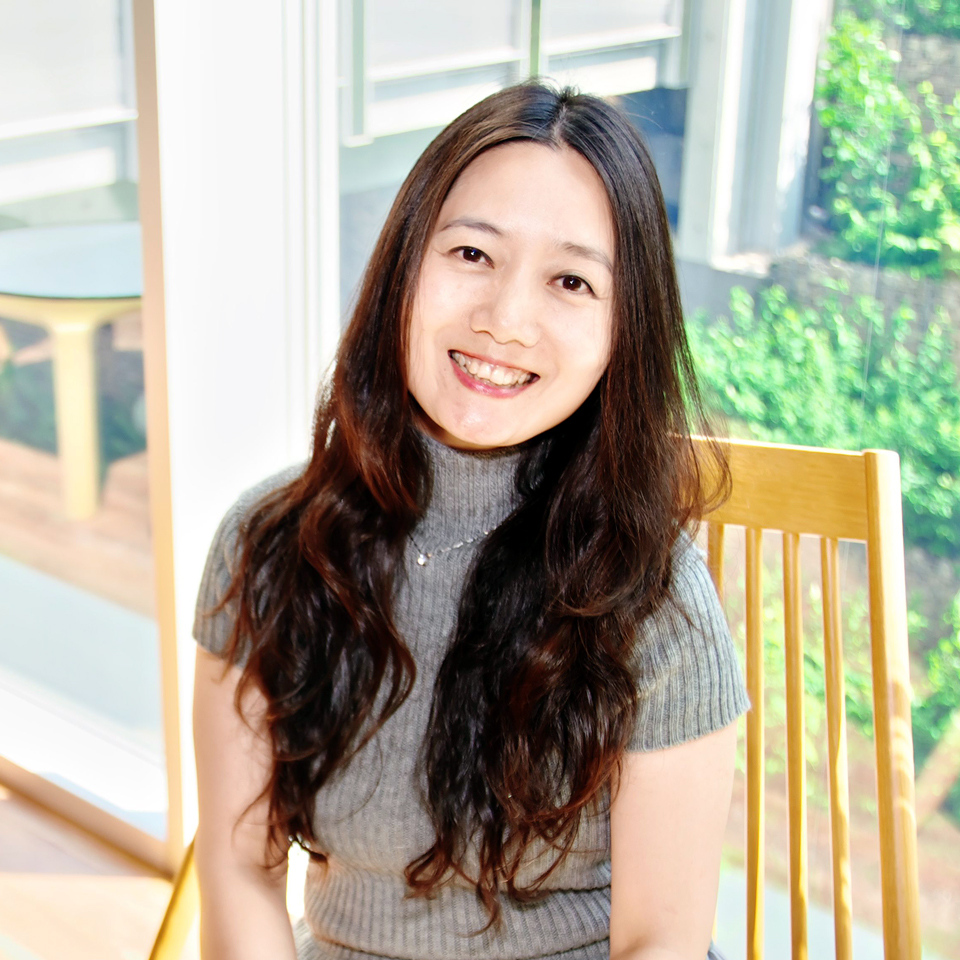
If you have any questions regarding recruitment, please contact us below.